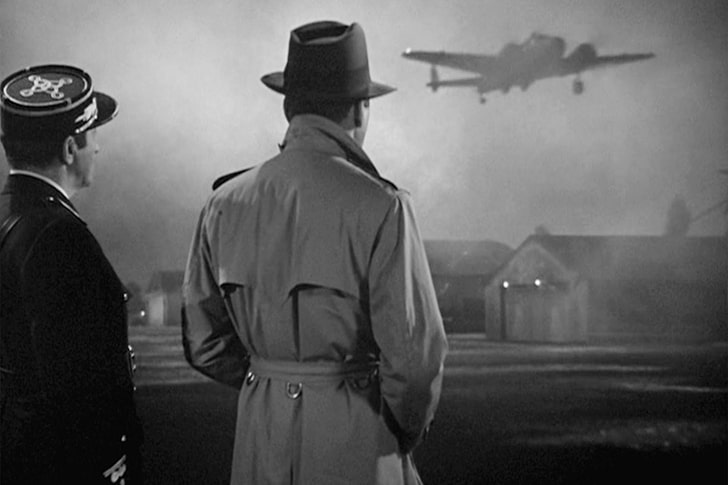Everyone’s heard of the movie Casablanca, and almost everyone’s watched it. It might have gotten released more than seventy years ago, but it will forever remain timeless. The film follows a war-time love story set in Morocco’s city of Casablanca. Just filming the movie almost cost the production company a million dollars.
Not only did it eventually gross over four times the money put into it, but the film also went on to win nine Oscars. To this very day, it’s considered one of the best films ever made. Luckily, we have collected some trivia that even the film’s biggest fans might not know of!
The Story Was Originally Meant For Broadway
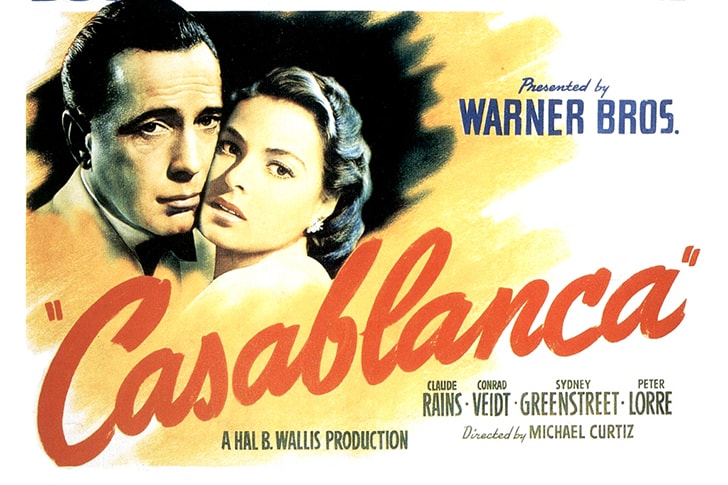
To understand this entirely, one needs to think back at the political climate of that era. Casablanca was originally meant to be a Broadway play called Everybody Comes to Rick’s, but it never actually made it. Thankfully, Warner Bros. sniffed out its potential success and decided to buy the screenplay.
They did so by paying $20K, which was a big amount of money in the '40s. After director Michael Curtiz worked his magic, the film turned out to be a huge commercial success like it was meant to. Of course, the stars Humphrey Bogart, Ingrid Bergman, and Paul Henreid were part of why it was so successful.
...And It Was Set On A Completely Different Country
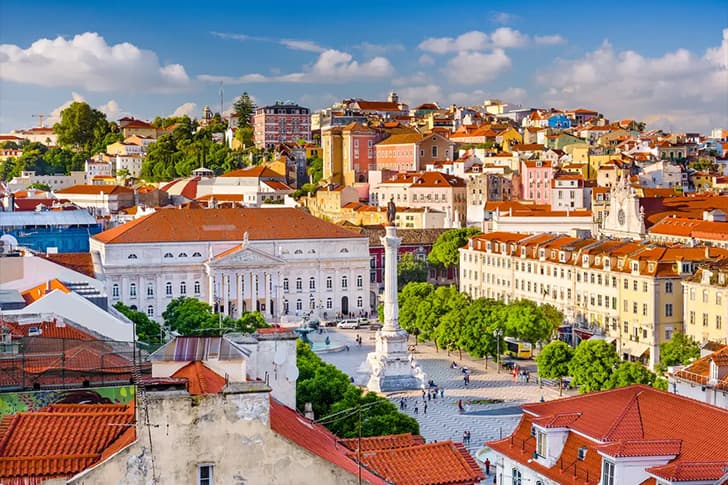
One of the many things that changed while the movie was being created was—believe it or not—the very place where the story was set on. The story’s creator, Murray Burnett, had placed the entire story on Lisbon, the capital of Portugal. As the story was being turned into a movie, the location switched to Casablanca.
Apparently, Murray had never even been to Casablanca, nor did he end up going. According to him, he didn’t want to ruin the image he had built in his head. One thing’s for certain though, the name Casablanca has more ring to it than Lisbon!
Bogart Was A Bit Short For The Role
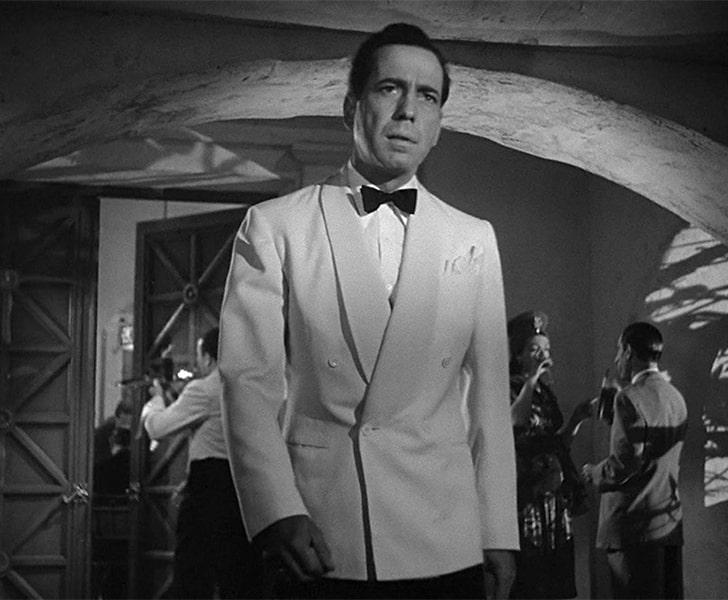
Although he didn’t actually have a short stature, Bogart was actually two inches shorter than Bergman. He might seem all grand and mighty in the film, but that’s just because the director had him standing on tiles for all the close-up scenes where the height difference would be visible.
Bogart was 5’8’’, which is clearly above average with all fairness, yet it was still not enough. He might have never gotten taller, but the film did create his long-standing legacy. Nevertheless, that didn’t take away anything from Bogart’s overall performance, and he wound up with an Academy Award nomination on his hands!
They Never Left The States To Film It
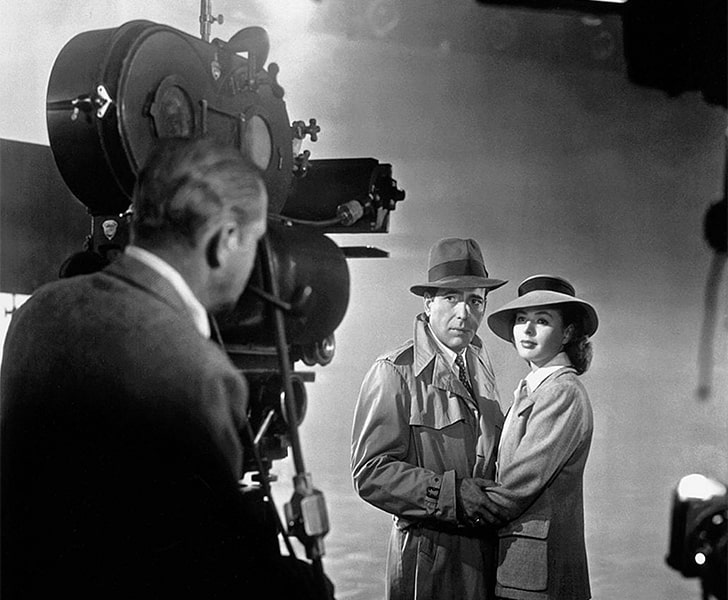
It might seem like a bummer, but as it turns out, the production company didn’t go anywhere near Casablanca—nor Morocco. The movie, almost on its entity, was filmed in a Warner Bros. studio in Burbank, Los Angeles. There is, however, one exception.
Although all the scenes are studio-made, the opening scene was shot in an actual airport, where the villain, Heinrich Strasser, was next to an aerodrome. It was filmed at the Van Nuys Airport in Los Angeles. As crazy as it may sound, the final scene was filmed in the studio as well.
The Premiere Was Rushed And The Film Cut And Banned
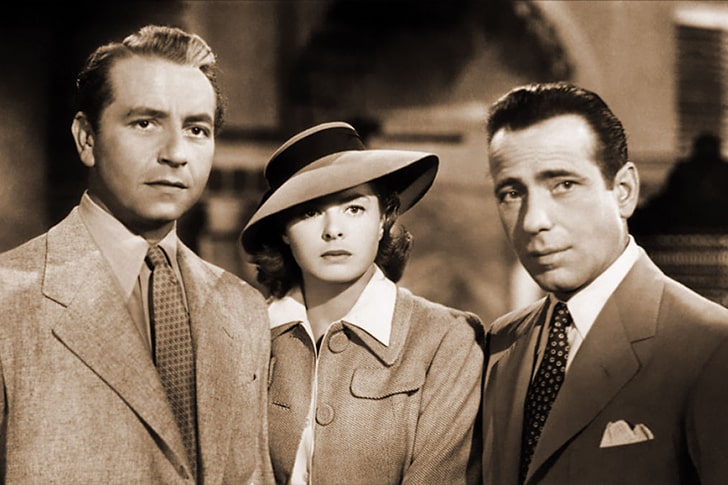
The film was meant to be released in 1943. Given the political situation at the time, the production company ended up rushing its initial release to fit the timeline. At the beginning of November 1942, the Naval Battle between American and North African and Vichy French ships in Casablanca, which led to its capture, had happened.
The film ended up having its premiere on November 26, 1942. Even though it was rushed for some months, its original release happened the next January, in 1943. The film went on to be banned from Ireland and eventually cut there as well. It also became forbidden in North Africa.
Many Of The Film's Actors Were Jewish Refugees
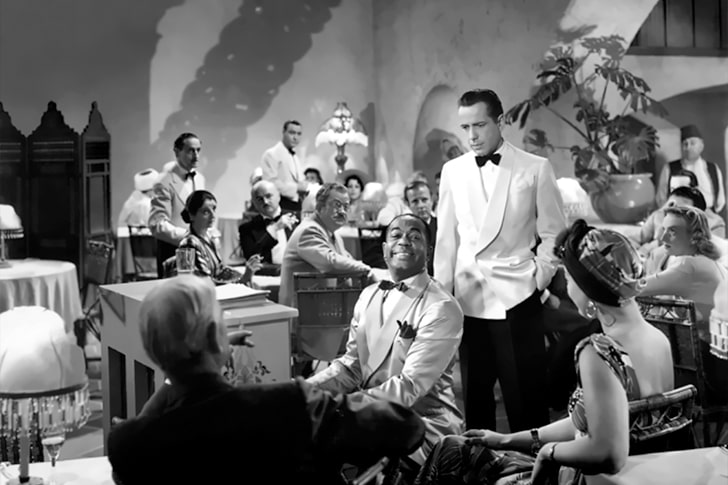
The film didn’t just talk about the war. Many people that ended up participating in it had actually survived it themselves. Starting from the film’s praised director, Michael Curtiz, who was a Hungarian-Jewish immigrant. He had been living in the States since 1926.
Many of the actors that were cast were also war-fugitives and immigrants themselves. For example, the actors Helmut Dantine, and Curt Bois were fugitives from Europe. In fact, Bois, who played Major Heinrich, was a German-Jewish refugee himself. Despite his background, he was often cast to portray a Nazi for Hollywood.
The Movie's Connection To Canada
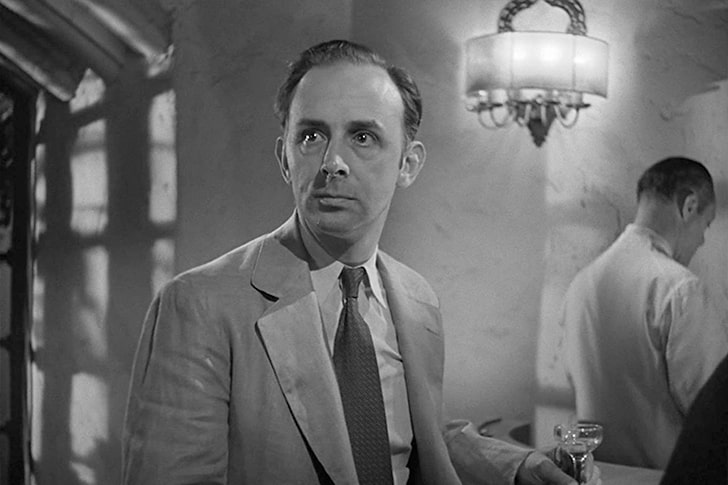
John Qualen, the actor who had the chance of playing Laszlo’s contact with the resistance called Berger, was actually born and raised in Vancouver. He was the only person connecting the film to Canada. His parents were of Norwegian descent, and he was often cast to portray Scandinavian characters.
John lived most of his adult life in the States. He passed away at the age of 87 in California. As a matter of fact, none of the film’s crew has survived today. The last person alive was Madeleine LeBeau, who passed away at the age of 92 back in 2016.
Hollywood Under Immense Censorship
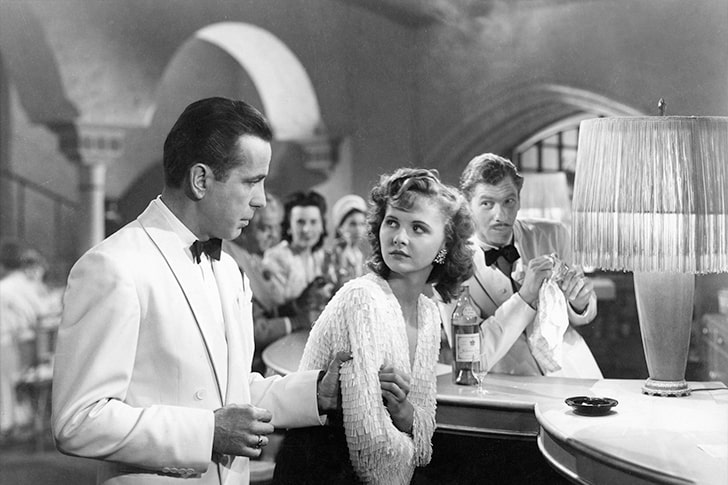
We’ve already been introduced to the story’s creator, Murray Burnett. However, Julius J. Epstein, Philip G. Epstein, and Howard Koch were the film’s actual screenplay writers. At the time they made the film, Hollywood had to obey strict rules regarding the screenplays and the words used.
As a matter of fact, they had to negotiate their way through the use of the word ‘hell’. It was only used once or twice on the dialogues. Another great example of this is the 1939 film Gone with the Wind. When Clark Gable said the word ‘damn’, the audience was shocked!
The Underdog That Became A Hit

When undertaking a project of such political importance, no one ever knows whether or not it’s going to be a success. Apparently, everyone who actually worked on the film didn’t believe their eyes when they started reading the excellent reviews upon its initial release. Casablanca was considered an underdog, at least for its production.
Still, it became one of the biggest commercial successes that the world had seen at the time. The film also snatched many Academy Awards and made a lasting impact on Hollywood. Even Bogart eventually became one of the highest-paid actors out there, with his annual salary exceeding $400K.
Play It Again, Sam
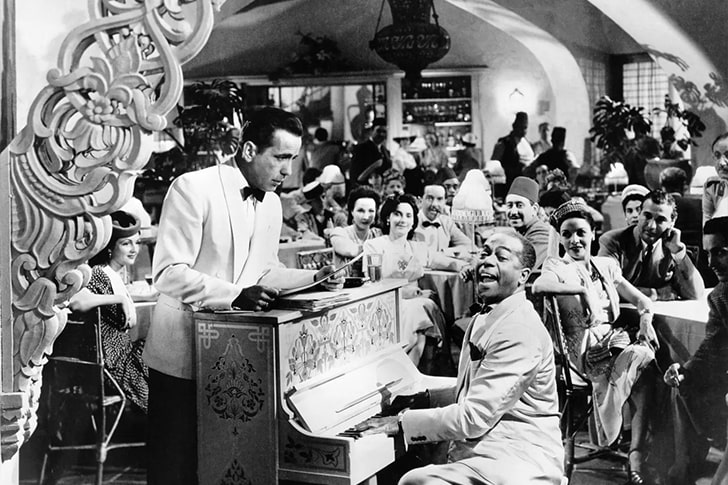
‘Play it again, Sam’ is one of the film’s most recognizable lines. However, it’s not an actual line in the film. Upon re-watching the movie, one can notice that the actual line used by both Ilsa and Rick instructs Sam to either play it, play it once, or simply play it. Never does either of them say that exact line.
The line mostly became so recognized through Woody Allen’s Play It Again, Sam film that was released in 1972. Although it created an urban legend about it being a line from Casablanca, it clearly wasn’t. Still, that doesn’t take away anything from the brilliance of the piano scenes.
The Alternative Ending And The Non-Existent Sequel
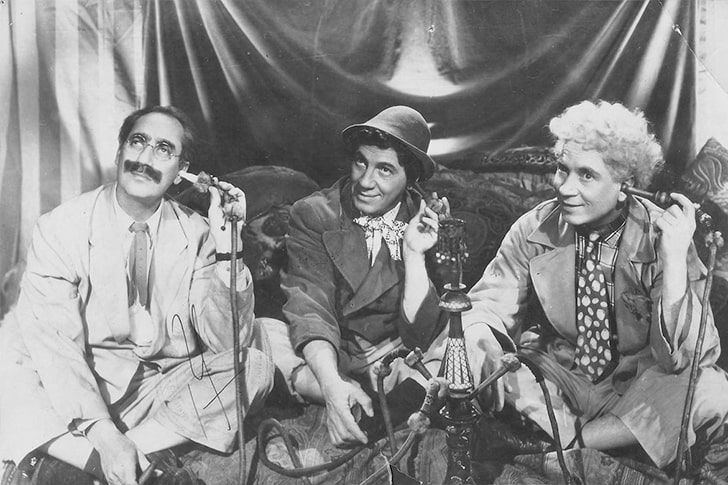
Over the years, there have been many attempts to create a remake Casablanca or even a sequel to it. However, nothing major has happened yet. Despite the impact of this film on popular culture, no one’s ever dared mess with its legacy. Except, of course, The Simpsons, which provided us with an alternate ending.
The film has been referenced widely in many other successful series and films, though. Starting from the previously mentioned Woody Allen film to movies like When Harry Met Sally and The Usual Suspects. One thing’s for certain, if a sequel is ever to be made, it’s going to be incredibly successful.
The Lines Are A Bit Blurry
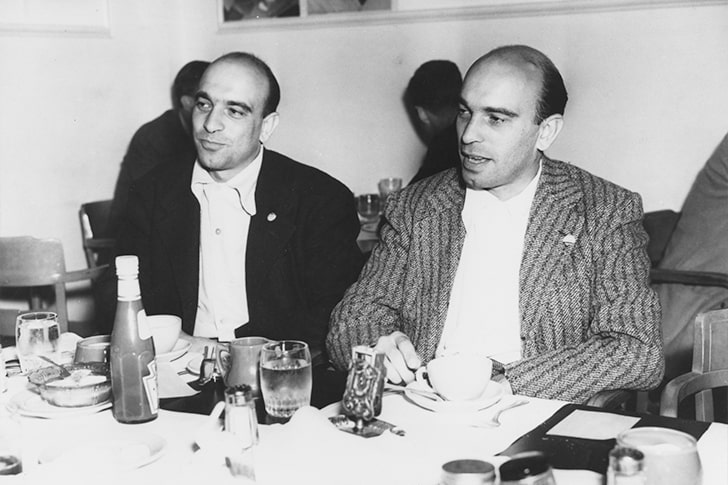
The beautiful screenplay was clearly a result of the collaboration of the Epstein brothers and Howard Koch. Apparently, everyone had a say in the lines as well. To this day, who wrote what is a bit blurry, and no one can solely take credit for the legendary lines within the movie.
Some lines were even thought off after the film was finished. Because of this, the actors had to return to the studios to dub over the pre-existing ones. No matter what, the result was clearly amazing. All the lines had so much work put into them that they are still being referenced today.
Time Almost Didn't Go By
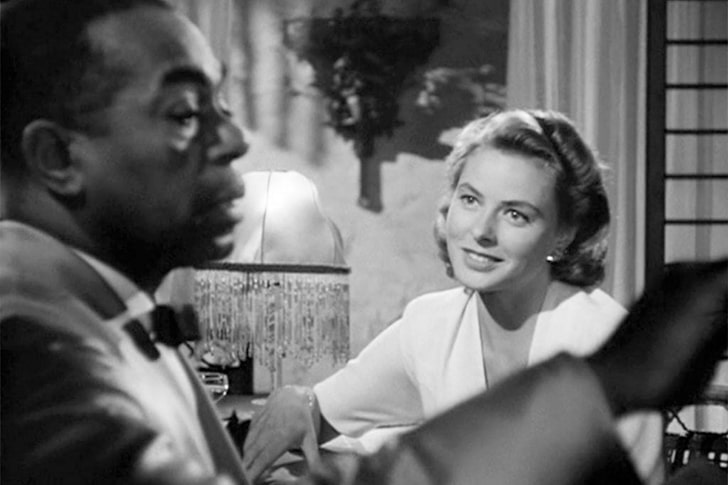
One of the most memorable things in the film is arguably the song As Time Goes By. The person who wrote the music for the film was Max Steiner, an Australian songwriter that worked in the States. That particular song, however, was composed by Herman Hupfeld.
The story has it that Steiner didn’t like the song, as he didn’t find it interesting enough. He ended up composing an entirely new song to replace it. But as it turned out, luck wasn’t on his side. Bergman had already accepted her next role. It required her to have a shorter haircut, so she wasn’t able to reshoot the scenes.
The Two Casablanca Spinoffs

The film was so successful that it was inevitable for spin-offs to follow. We’ve already gone over how no successful sequel was ever created. However, that doesn't mean that people didn’t try! As a matter of fact, two series based on the movie with the same title were created.
The first one came around a bit over a decade after the film was released. It aired on ABC for ten hour-long episodes, but it didn’t find any success. The second one came in 1983 through NBC. It only aired for five episodes, even though more episodes were filmed.
Uncertain Feelings About Each Other
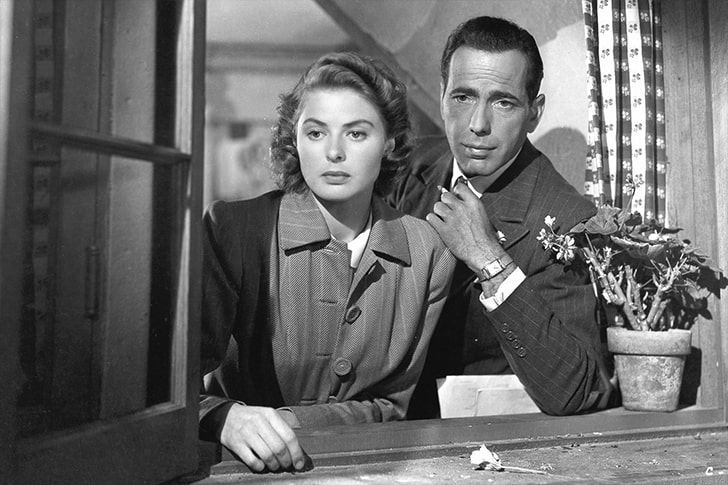
When they actually started shooting the film, the script wasn’t finished yet, so the ending was unclear. That ended up causing some problems both for the directing team and the actors. Actually, the first scene they were called to shoot was the flashback in Paris.
As the script wasn’t finished, no one knew whether Bogart and Berman should be playing their roles as if they were in love or not. They were apparently told to play it somewhere in the middle. To be fair, this is barely noticeable in the end-result, so it clearly worked out great for everyone!
An Alternative Star
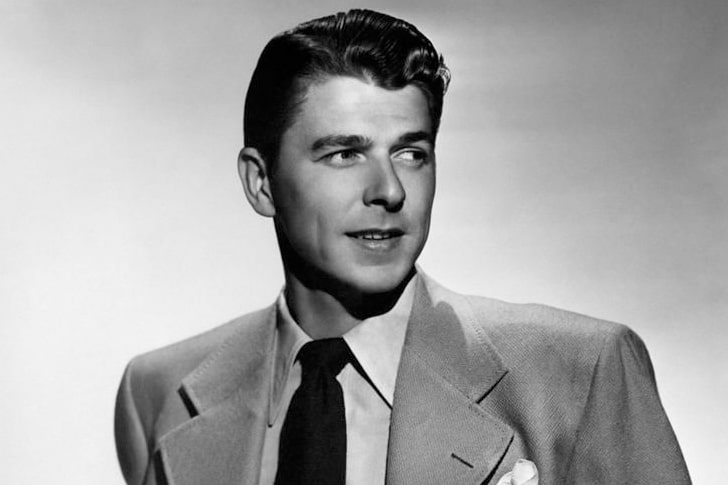
Before the film was released, there was a rumor circulating that Ronald Reagan would be playing the role of Humphrey Bogart. Ronald was but an aspiring actor at the time, who was signed with the Warner Bros. company. He had also played in quite a lot of so-called B films.
Bogart went on to become one of the highest-paid actors of his time. Meanwhile, Ronald eventually stopped acting. That didn’t affect him though, as he did wound up becoming the President of the United States in the ‘80s. In the end, everything had its silver lining.
The Film Starts With A Different Director!
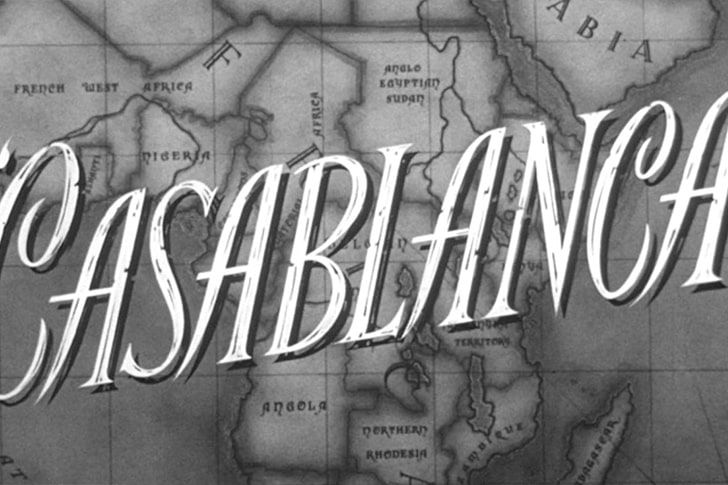
At the beginning of the movie, there is a narrated scene that attempted to explain the refugee situation in Casablanca City. The narrator’s voice belonged to Lou Marcelle. Apparently, the entire scene was not filmed by the movie’s director, Michael Curtiz. Someone else directed it.
The opening scene was directed by Don Siegel, who was born in 1912. He was also signed with the Warner Bros. company at the time. Directing this montage was one of his first projects. He later went on to direct films like Dirty Harry and Escape from Alcatraz.
Edward Gorey's Connection With Casablanca
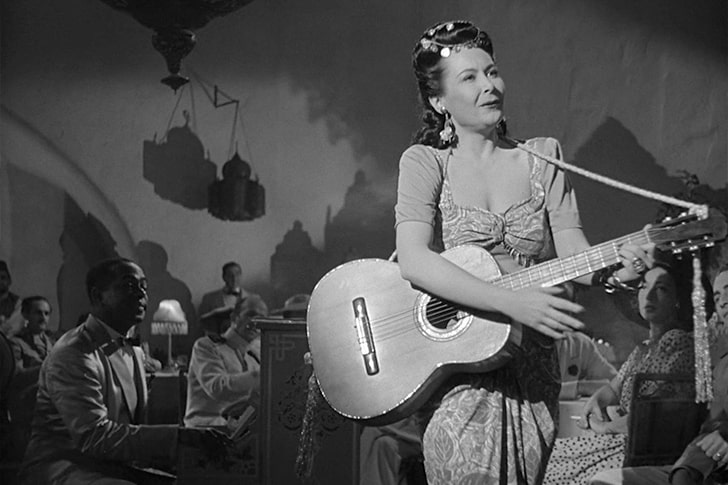
For those who don’t know already, Edward Gorey was one of the best-known illustrators in America while he was alive. His works have given life to books like The Iron Tonic and The Headless Bust. What’s his connection to Casablanca, though? As it turns out, his stepmother was in it!
There was a scene where Sam performs the Tango Delle Rose song, and he’s accompanied by a female guitarist, whose role was uncredited. In real life, her name was Corrina Mura. She was an actress who occasionally sang at cabarets. On top of that, she was a stepmother to Edward Gorey.
The Almost-Perfect Remake
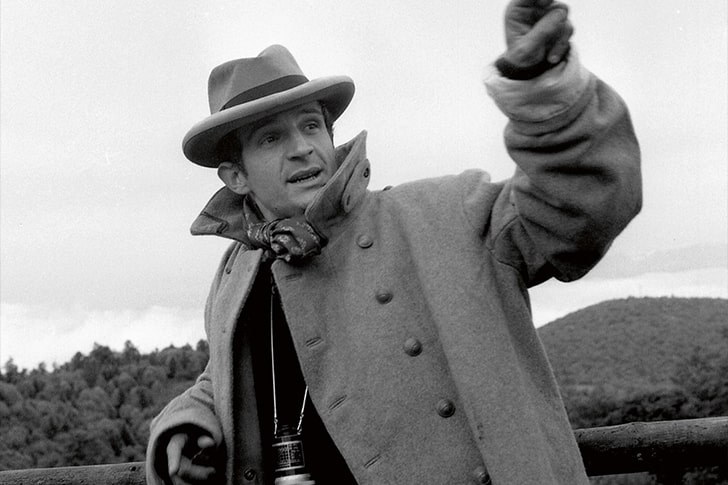
The fate of the highly anticipated sequel still lies in the hands of Warner Bros. since they still own the rights to the characters until now. As we’ve already stated, there had been some attempts, but here’s one that would've probably been a great success had the director actually went through with it.
In the ‘70s, François Truffaut was approached by Warner Bros. with an offer for a remake. He was already deemed famous for directing The 400 Blows. He might have been new to the States, but he wasn’t crazy. He knew the film had a cult-like following. Since he wasn’t crazy about it himself, Truffaut didn’t take the project.
Casablanca Almost Went With The Wind
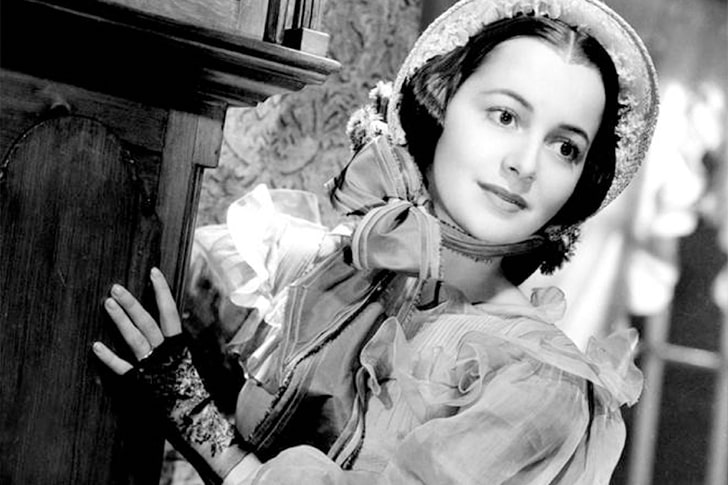
Ingrid Bergman was just starting out her fruitful career when she was cast to be part of Casablanca. She admittedly wasn’t the first choice of the production company. Yet, she landed the role somewhat randomly. Back then, Olivia de Havilland from Gone with the Wind was very likely to get the part.
Olivia was then contacted by the film’s producer, Hal Wallis. After a last-minute change, Wallis ended up trading with a co-worker of his, David O. Selznick. They switched Olivia for Ingrid. To this very day, Casablanca is considered to be the greatest movie in Ingrid’s portfolio.
The Almost-Made Sequel
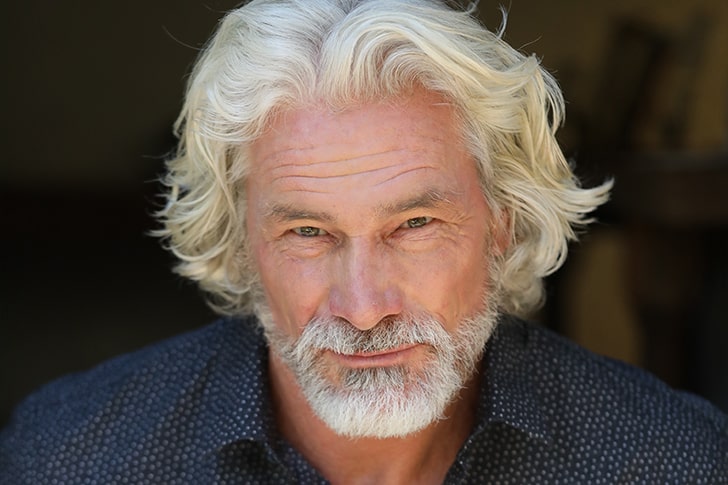
Almost right after the film was released, Warner Bros. allegedly started working on a sequel to the movie. However, the film was never actualized despite the original’s success. It’s not at all rare for films to have unsuccessful sequels, so maybe it not being created was for the best.
But years after the film was released, the son of Howard Koch started working on a sequel of his own. The plot was set twenty years from the film’s ending and followed the story of Ilsa and Rick’s son. Apparently, Warner Bros. didn’t grow fond of the idea, and the film was never finished.
Sam Was Actually Playing The Drums
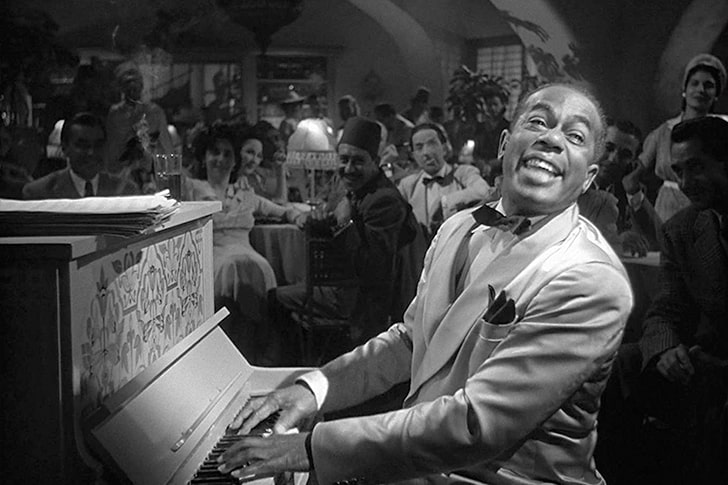
His portrayal of Sam turned Dooley Wilson into one of the most beloved figures of the big screen. Warner Bros. had temporarily bought him off of Paramount Pictures, with whom Dooley was contracted, by paying $500 a week! Dooley, however, was not a pianist at all—even though he played one.
In fact, Wilson was both a drummer and a singer. Although his scenes remain iconic, the truth is that he wasn’t even playing the piano. The music was played off the screen and was later dubbed in the movie. He wasn’t that far from being a musician, though, as he knew how to play the drums.
Humphrey's Long-Distance Chess Game
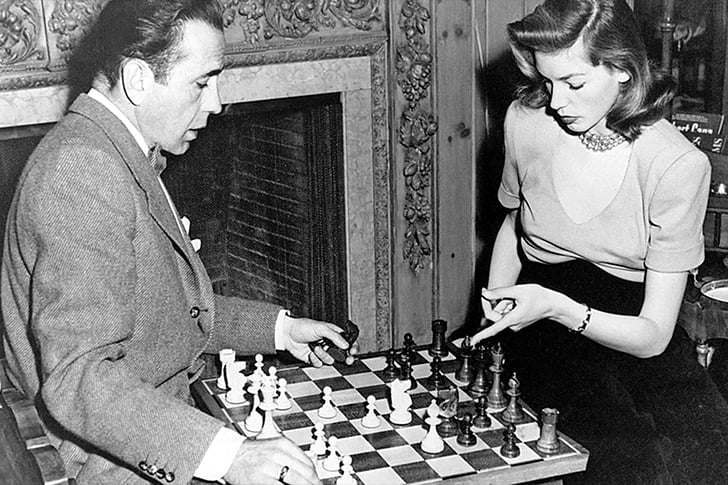
Even though it was not part of the script, Bogart insisted that his character Rick should be an avid chess player. As a result, there are many scenes in the movie wherein he plays chess and most of them by himself. However, it was later found out that Humphrey had an opponent all along!
It’s no secret that Humphrey was a big chess player himself. He was corresponding with a friend of his in New York, and the chess game shown at the movie was their actual match! And to think that all this time we thought that Rick was playing alone!
George Raft, The Alternative Rick
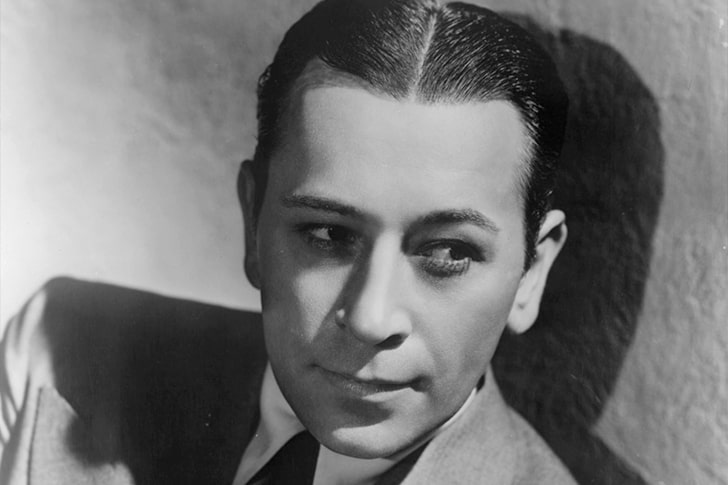
George Raft is mostly remembered for his roles in films like Scarface and Each Dawn I Die. He was a talent of Warner Bros. since 1939. As the film was moving on with its production, many rumors wanted different people to star in it. It included Ronald Reagan, whom we’ve already talked about.
George Raft was reportedly also thought for the role of Rick. Even though his contract’s timeline matches with the film, the producers have always stated that Humphrey was their first choice. Would the film be as successful without Bogart’s take on it? We doubt it.
The Race For Ilsa's Character
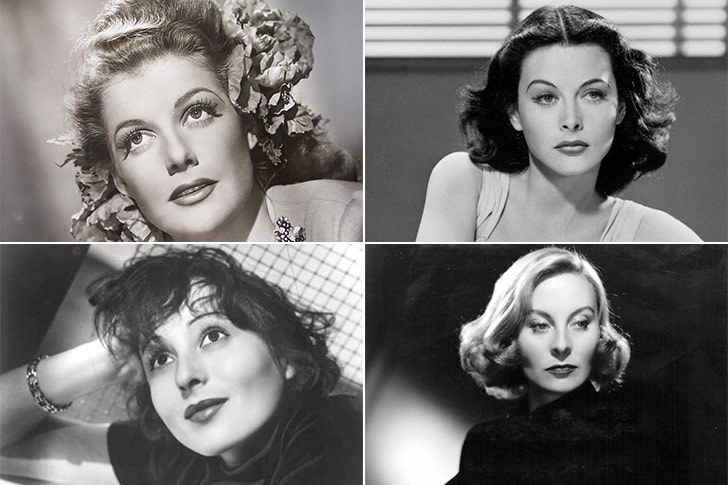
We’ve already gone over how Olivia de Havilland was rumored to be playing Ilsa at the time. What we’ve not talked about, however, were the other actresses that competed for it. Ann Sheridan, Hedy Lamarr, Luise Rainer, and Michèle Morgan were all on the running. Luckily, Ingrid Bergman was cast. There were some troubles following her casting, though.
Bergman and Bogart’s on-set chemistry raised eyebrows, as they were both married at the time. In fact, many people wanted them to be having an affair! However, neither of them ever admitted to it. In fact, according to Bergman, she might have kissed him, though she barely knew him!
The Not-So-Villainous Major Heinrich Strasser
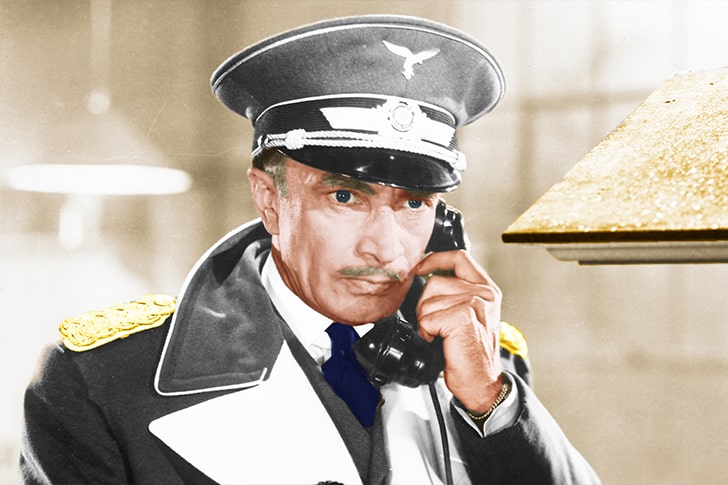
He might have been playing a Nazi Major named Heinrich Strasser, but as fate had it, Conrad Veidt was a German fugitive himself. He fled Germany in 1933 while he was married to a Jewish woman named Ilona Prager. He found himself in Britain before relocating to the United States.
Conrad was already a successful actor in Germany, so jump-starting his career in Hollywood was an easy task. In his life, he donated much of his money to the war against the Nazis. As a Hollywood actor, his most famous performances were those of Nazi villains.
The Imaginary Letters of Transit
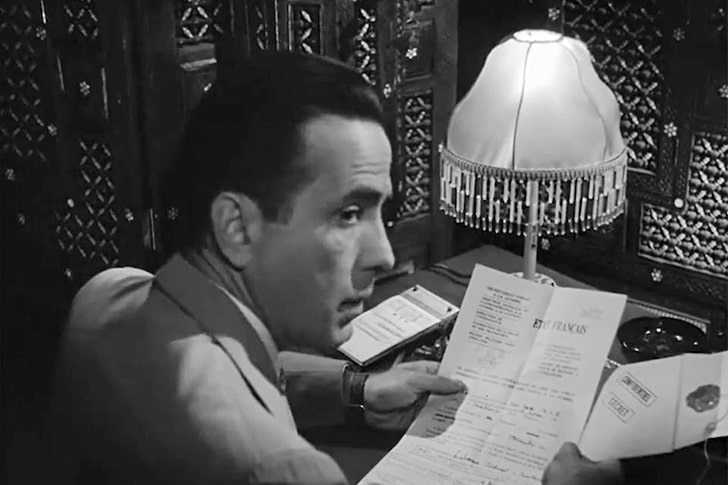
Much of the film’s plot revolves around the so-called Letters of Transit. Having one would allow a refugee to leave the French Vichy territory towards other destinations. As good as that sounds, the truth is that such letters never existed. Not just that, but even if they did, they would have absolutely no power.
They were completely made up by the screenwriters and were used as a means towards the desired end. Such plot devices have been used in filmmaking for decades. Even Alfred Hitchcock used then for his stories! Although the writers thought they would potentially cause a challenge, they never did.
The Making Of The Fake Airport
Even though almost all the scenes were studio-made, the directors did such a good job staging them that it’s barely visible! Even the final scene at the airport is a fake! Although it may not seem like it, many genius ideas were used for it to look as life-like as possible.
The Lockheed Model 12 Electra Junior plane shown at the film is a fake, despite Disney’s Hollywood Studios' former claim to it. It was actually a cardboard replica, and the crew walking around it were little people! An artificial fog machine was also used so that all inaccuracies would be well-masked.
The War Fought By Hollywood
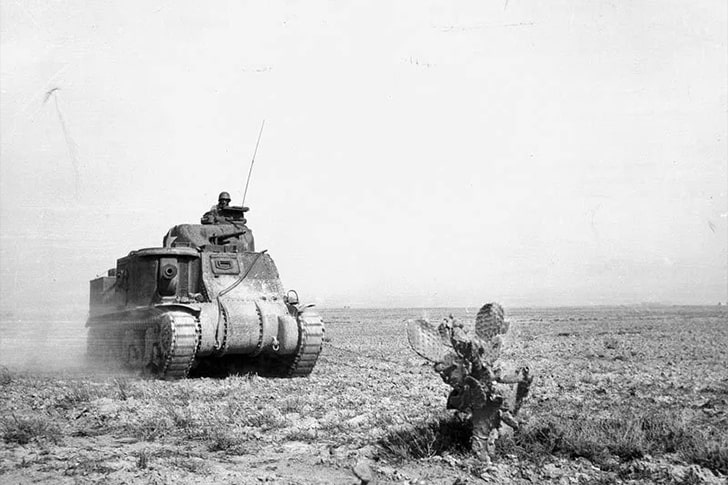
It’s not unheard of how politics and Hollywood often happen to coincide. The capture of Casablanca by the U.S. troops was one of the first major actions that the United States took in their involvement with the North African War. Not only was the film released at relatively the same time, but it also helped boost popular support.
On top of that, it was a great marketing opportunity for production. After all, they rushed the film’s release to match the date of the invasion. However, the troops in North Africa, were not allowed to watch the film. In fact, it was thought to be discouraging.
The Chicago Cubs' Connection To Casablanca
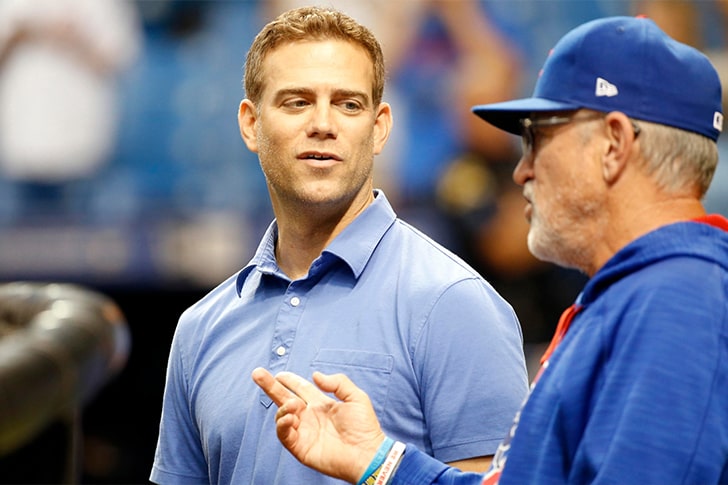
On a lighter note, any modern-day Major League Baseball fan has probably heard of Theo Epstein. He was the youngest person ever to become a general manager in MLB when he was handpicked by the Boston Red Sox in 2002. Theo is now the President of Baseball Operations for the Chicago Cubs.
What most people don’t know about him though, is his connection to the movie. As it turns out, he is the grandchild and grandnephew of Casablanca’s screenplay writers—the Epstein brothers! Theo now has two kids of his own, and only time will tell what great things are to be expected of them!

